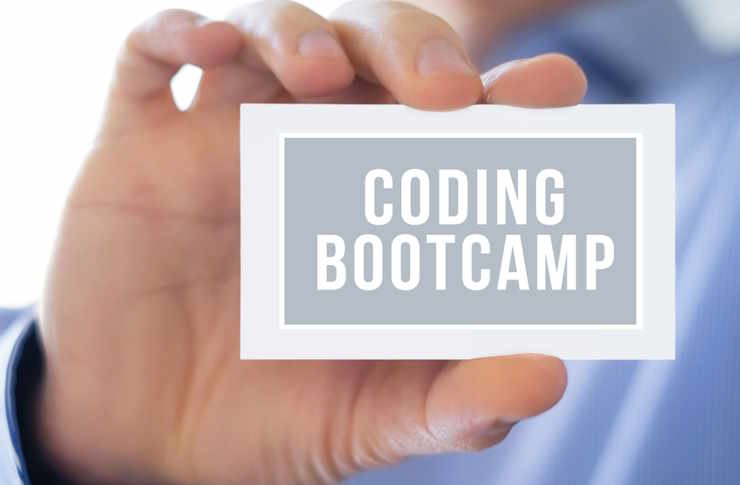The Complete Keynote Coaching Guide to Designing, Delivering, and Monetizing a High-Impact Signature Speech.
Developing a signature keynote speech can transform your public speaking career, establishing you as an authority and opening doors to lucrative opportunities. This comprehensive guide walks you through the essential elements of crafting, delivering, and monetizing a keynote that resonates with audiences and positions you as a sought-after speaker in your field.

Mastering the art of keynote speaking represents a pivotal milestone for anyone serious about public speaking. A signature keynote isn’t merely a presentation—it’s your intellectual property, personal brand statement, and potentially, a significant revenue stream. Whether you’re an aspiring speaker looking to break into the paid speaking circuit or an established professional aiming to elevate your impact, developing a high-caliber signature speech requires strategic planning, thoughtful design, and polished execution. This guide provides a roadmap to transform your expertise into a compelling keynote that audiences will remember and organizations will pay to experience.
The Foundation: Defining Your Signature Story and Core Message
Every memorable keynote begins with clarity about your unique perspective and the transformation you offer audiences. Your signature story serves as the backbone of your speech—the authentic narrative that only you can tell. Start by identifying pivotal moments in your professional or personal journey that led to significant insights. These experiences, when properly framed, create emotional connection and establish your credibility.
Your core message should distill your expertise into a single, powerful idea that audiences can easily grasp and remember. This central thesis becomes your speaking platform—the concept you become known for in the speaking world. Effective core messages typically challenge conventional wisdom, offer a fresh perspective, or provide a framework for solving persistent problems.
Developing this foundation requires introspection and audience research. Consider the questions your target audience is asking and the specific problems they face. The intersection between your unique expertise and their pressing needs is where your signature speech will make its greatest impact.
Masterful Design: Building a Keynote that Captivates
With your foundation established, attention shifts to architectural elements that transform information into an immersive experience. The structure of your keynote should create a journey that takes listeners from awareness of a problem to envisioning a solution—with you as their trusted guide.
Effective keynotes typically follow a three-act structure: establishing context and creating tension around a problem, introducing your unique approach or methodology, and demonstrating transformation through concrete examples. Throughout this framework, strategically place stories, data points, and interactive moments to maintain engagement and reinforce key concepts.
Visual support deserves careful consideration as well. Rather than text-heavy slides that compete with your spoken words, develop visual elements that complement and enhance your message. The most impactful keynotes use imagery to evoke emotion and diagrams to clarify complex ideas, creating multiple pathways for audience comprehension.
Remember that masterful design also includes thoughtful transitions between segments. These connective elements maintain narrative flow and help audiences follow your logical progression, preventing the disjointed feeling that undermines many presentations.
Commanding the Stage: Polishing Your Performance and Delivery
Even the most brilliantly designed keynote falls flat without compelling delivery. Stage presence—how you physically occupy space and connect with audiences—often distinguishes amateur speakers from professionals. Practice deliberate movement, strategic positioning, and intentional gestures that reinforce your message rather than distract from it.
Vocal variety provides another essential dimension to your delivery. Modulating your pace, volume, and tone creates auditory interest and emphasizes key points. Professional speakers understand that strategic pauses are as important as words themselves, giving audiences moments to process significant ideas.
Engaging with your audience transforms a monologue into a shared experience. This might include rhetorical questions that prompt reflection, brief interactive exercises that illustrate concepts, or well-timed humor that creates connection. The goal is creating moments where listeners feel personally involved rather than passively receiving information.
Professional coaching proves invaluable at this stage. Even experienced speakers benefit from objective feedback on delivery elements that may be difficult to self-assess. Many public speaking courses offer specialized keynote coaching that includes video analysis, real-time feedback, and structured practice opportunities.
Strategic Positioning: Marketing Your Signature Speech
A powerful keynote deserves strategic positioning in the marketplace. Begin by clearly defining your target audience—the specific industries, organizations, and event types where your message will resonate most strongly. This focused approach yields better results than attempting to appeal to everyone.
Develop supporting materials that showcase your keynote’s value proposition. A professional speaker kit typically includes a compelling description of your presentation, key takeaways for audiences, professional photos, and video excerpts demonstrating your speaking style. These materials should clearly communicate what makes your approach distinctive.
Online presence plays a crucial role in keynote marketing. Your website should feature dedicated pages for your signature speech with testimonials from previous engagements. Strategic use of social media—particularly sharing thought leadership content related to your keynote themes—establishes credibility and visibility with potential clients.
Monetization Strategies: Creating Revenue from Your Keynote
Transforming your signature speech into a sustainable revenue stream requires understanding the speaking marketplace and creating multiple monetization channels. The professional speaking industry operates at various fee levels, from local events to international conferences, with corresponding expectations for speaker experience and content value.
Below is an overview of common keynote monetization approaches and their typical compensation ranges:
| Monetization Approach | Implementation Method | Typical Revenue Range |
|---|---|---|
| Corporate Speaking | Direct bookings with organizations | $2,500-$25,000 per engagement |
| Conference Presentations | Industry event bookings | $1,000-$15,000 per engagement |
| Online Course Adaptation | Digital version of keynote content | $197-$2,997 per student |
| Book/Publication Expansion | Converting speech to written format | $5,000-$50,000 advance plus royalties |
| Consulting/Coaching Packages | Implementation services for concepts | $1,500-$20,000 per client |
| Licensing Your Framework | Allowing others to teach your method | $3,000-$25,000 per license |
Prices, rates, or cost estimates mentioned in this article are based on the latest available information but may change over time. Independent research is advised before making financial decisions.
Many successful speakers create a “ladder of engagement” where free or lower-cost offerings lead to premium experiences. Your signature keynote might serve as an introduction to more intensive workshops, consulting arrangements, or implementation programs that provide deeper value and higher compensation.
Continuous Refinement: Evolving Your Signature Speech
A truly effective signature keynote isn’t static—it evolves through deliberate refinement based on audience feedback, changing market conditions, and your own deepening expertise. After each delivery, evaluate which elements resonated most strongly and which sections might benefit from adjustment.
Establish systems for collecting both formal and informal feedback. Post-presentation surveys provide quantitative data, while conversations with attendees and event organizers offer qualitative insights about impact. The most valuable feedback often comes from observing audience reactions during your presentation—noting which moments generate energy and which create confusion.
As your signature speech matures, consider developing variations tailored to specific industries or contexts. These adaptations maintain your core message while incorporating relevant examples and applications for different audiences, expanding your speaking opportunities while leveraging your established content.
The journey to creating a high-impact signature keynote requires investment in both content development and delivery skills. By thoughtfully addressing each element in this guide, you’ll develop intellectual property that serves as the foundation of a rewarding speaking career, creating value for audiences while establishing your voice in the marketplace of ideas.




